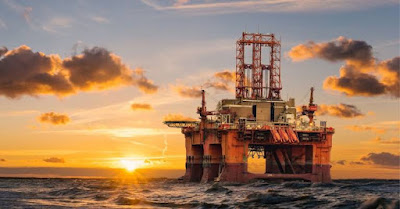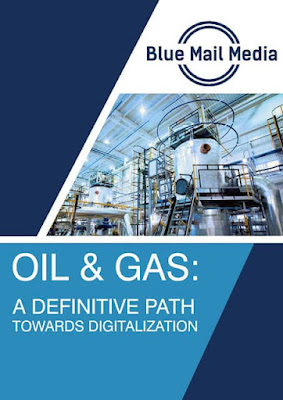Let's know about hord work smart work

Title: Figuring out the Distinction Between Difficult Work and Shrewd Work Presentation: In the present quick moving world, the ideas of difficult work and savvy work are frequently compared. While both are fundamental components for progress, they contrast essentially in their methodology and results. This article digs into the differentiations between difficult work and shrewd work, investigating their definitions, attributes, and suggestions in different parts of life. Meaning of Difficult Work: Difficult work is regularly characterized as the work set forth towards an errand or objective that requires physical or mental effort. It includes commitment, diligence, and an eagerness to get through difficulties and mishaps. People who represent difficult work frequently focus on extended periods of time and constant work to accomplish their goals. Attributes of Difficult Work: 1. Constancy: Diligent employees display faithful assurance and steadiness, declining to surrender even wi...
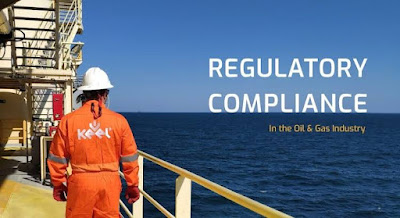
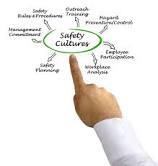
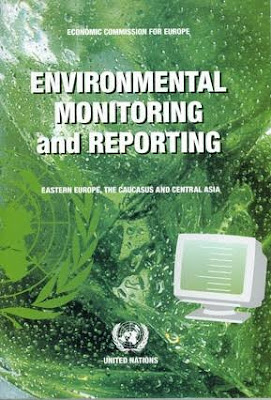

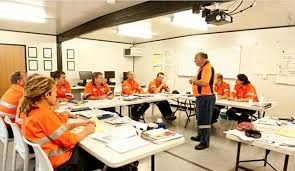

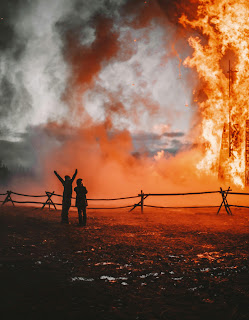
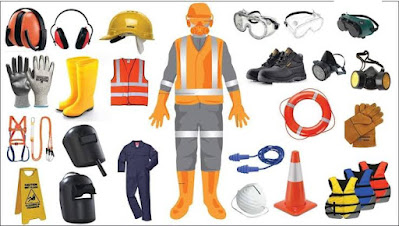




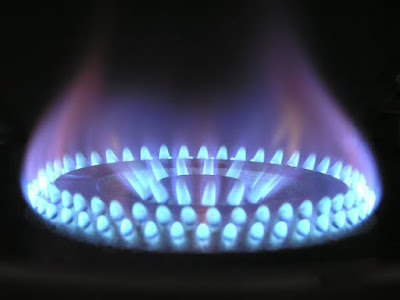
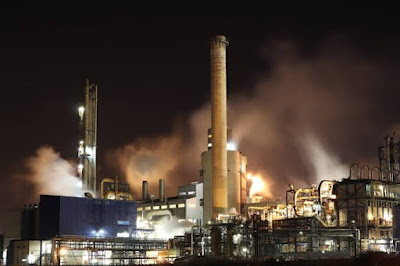
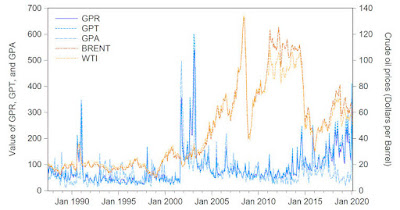
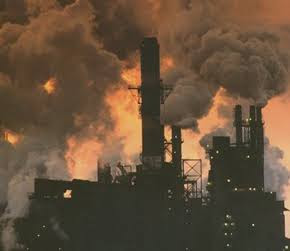
.jpeg)
